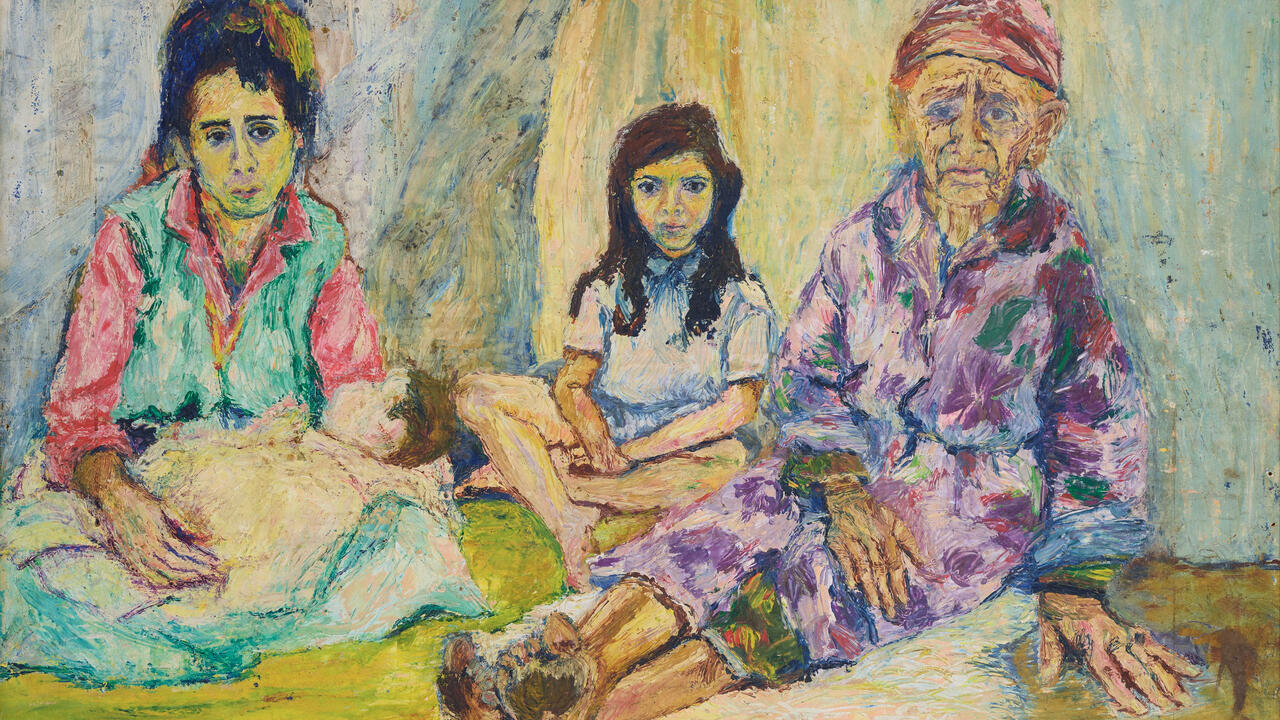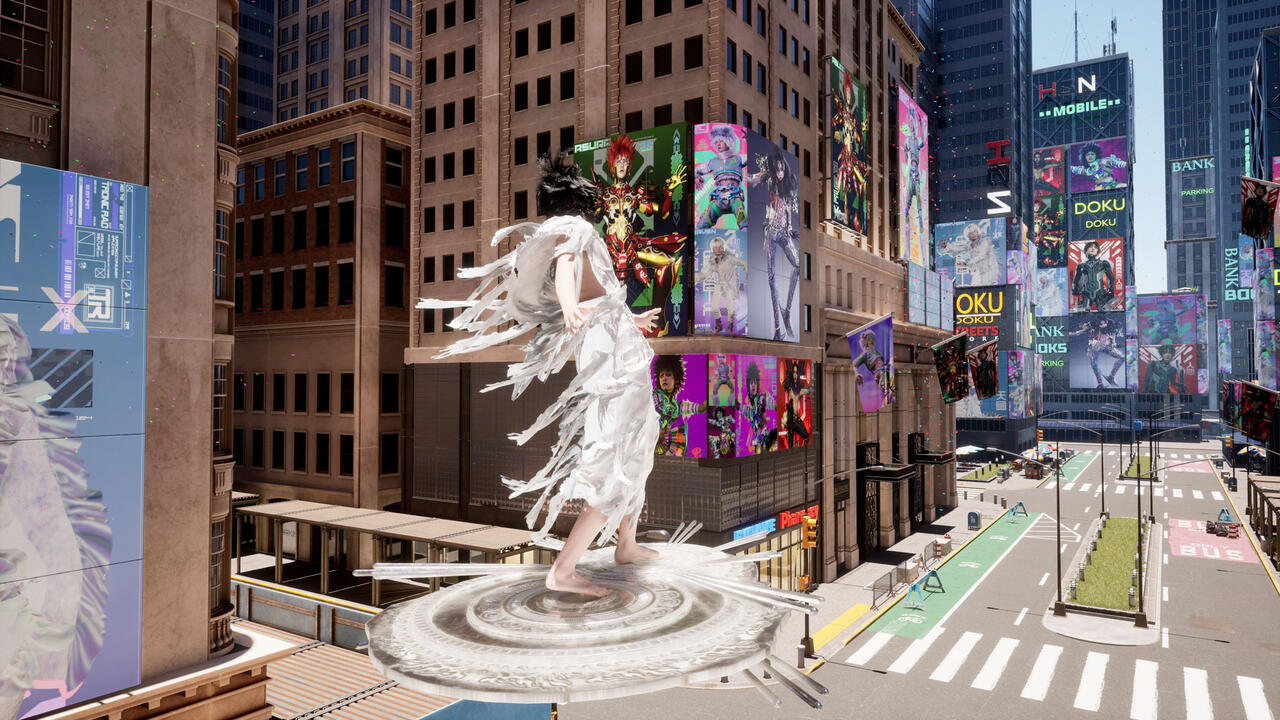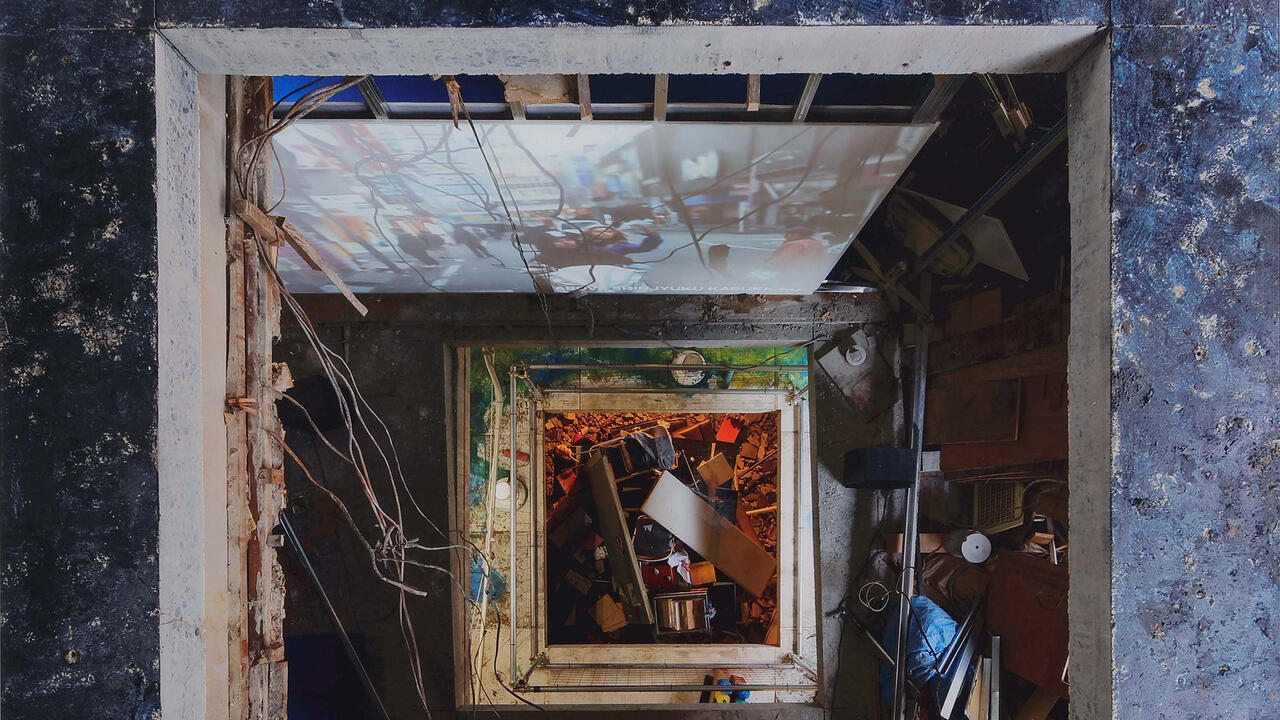The Year in Review - Mexico
The growth of public institutions in Mexico City
The growth of public institutions in Mexico City

If the Mexican contemporary art scene – particularly in Mexico City – has been marked by a peculiar dynamism over the last decade, some of its institutions have seemed to flounder due to a lack of continuity and a missing sense of purpose. Recently, however, a number of spaces have succeeded in establishing clear identities and bold programming, aided by renewed approaches to how these venues can relate to a wider cultural landscape.
This was particularly evident over the last year, marked as it was by the reopening of the Museo Tamayo Arte Contemporáneo after 12 months of renovations and the addition of new exhibition spaces that add up to almost 2,000 square metres. With specially commissioned projects by Ryan Gander, Pierre Huyghe and Michael Stevenson, as well as a new hang of the museum’s collection (overseen by chief curator Julieta Gonzalez), the Tamayo is set to become an essential part in the formation of new publics for contemporary art, while continuing to nurture different artistic practices and institutional discourses.
On the other side of town, the Museo Universitario de Arte Contemporáneo has initiated a new programme, under head curator María Inés Rodríguez, which contemplates a more active integration of the academic and educational programmes with the exhibitions in progress, setting special emphasis on practices that weave the artistic into pedagogical research and working processes. On the other hand, besides a new programme focused on younger generations of artists and curators, the museum’s oversize spaces continue to be used for challenging projects. In one recent case, Teresa Margolles’s La Promesa (The Promise, 2012) consists of a house from the suburbs of Ciudad Juárez – a city that has become synonymous with senseless violence and forced emigration – that has been pulverized and transported to the venue to be painstakingly dispersed to cover the floor of the exhibition space over the course of three months by a group of volunteers. The mute, grieving character of the installation produces a most eloquent memento of the lost lives and broken dreams brought by the multinational war on drugs.
Situated in the historic centre of town, the Museo de la Ciudad de México, under the directorship of Cristina Faesler until early September, continued to present a programme that strives to integrate the institution with its immediate context. A good example of this was their survey of the work of Minerva Cuevas presented over the spring and curated by Patrick Charpenel. Cuevas’s socially engaged projects question the hegemony of the global economy by exploiting small loopholes in the system, enabling the circulation of new meanings and values. Her work seemed most at home surrounded by the unflagging and chaotic activity in the nearby streets, where all sorts of local and global commerce and cultural interchanges collide.
A particular case in the annals of continuity is that of Museo Experimental El Eco, built in 1953 by German architect, painter and sculptor Mathias Goeritz, only to be shut down after a just few events in the same year. El Eco reopened in 2005 after being restored to its original function by the Universidad Nacional Autónoma de México. Under newly appointed director Paola Santoscoy, the space continues to focus on experimentation and interdisciplinarity. The 2012 programme opened with Intemperie (In the Open), an enigmatic installation by Pablo Vargas Lugo, which consisted of a Turkmenian rug meticulously reproduced in coloured sand, lying on the floor of the main gallery. The glass panes from the window and door leading to the courtyard were removed, allowing the wind to erode the piece slowly over the course of the exhibition, while underscoring the continuity between both architectural spaces. This intervention also allowed for some unusual interactions such as an improvisation by musicians Alexander Bruck and Misha Marks featuring two alpine horns issuing their calls from inside and outside the exhibition space.
The Sala de Arte Público Siqueiros has also earned a solid reputation as a venue committed to experimentation and the commissioning of daring projects. This year’s collaboration with Tate Modern, under the title ‘The Redeeming Institution’, offered a fresh take on the role of the institution vis á vis social conflict, with works by Colectivo Tercerunquinto, Cinthia Marcelle, Teresa Margolles and David Zink Yi. The asymmetry between both institutions highlights a new dynamic pervading contemporary art practices, where dialogue is enabled by emphasizing difference rather than homogeneity.
Political changes often spell bad news for art institutions in Mexico, since most of them depend on government funding – even if private support has increased significantly in recent years. It could be that some of these efforts become thwarted by political squabbles or reductions in funding; however one could argue that the vitality of Mexico City’s art scene has permeated these institutions rather than the other way around and they should therefore no longer be forced to yield as easily to the whims of functionaries and political parties.















